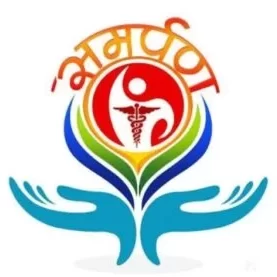Headstand (Sirsasana)
Sirsasana, or headstand pose in Sanskrit, is frequently described as the “King of Asanas” because of its many health advantages and transforming effects on the body and mind. It is a challenging yoga inversion pose that calls for concentration, strength, and balance. Sirsasana stimulates the lymphatic and circulatory systems, increases blood flow to the brain, and develops…










